
Achieving success in academic assessments requires more than just knowledge. It’s essential to develop a clear strategy that ensures your ideas are communicated effectively within the given time frame. By focusing on clarity, structure, and precision, you can greatly improve the quality of your work and your overall performance.
Being prepared is key to making a strong impression. Understanding the requirements of each prompt and organizing your thoughts in a logical manner are critical components of crafting a well-rounded response. Staying focused and not getting overwhelmed by the complexity of the tasks at hand will help you maintain control during the process.
How to Prepare for University Exams
Effective preparation is the cornerstone of performing well in assessments. It involves organizing your time, understanding the subject matter, and ensuring you’re mentally ready for the challenges ahead. A clear plan will enable you to approach the task with confidence and reduce stress.
Time Management Techniques
Allocating your time efficiently is essential for successful preparation. Without proper planning, it’s easy to become overwhelmed. Here are some key strategies:
- Create a Study Schedule: Break down your study material into manageable chunks and assign specific times for each topic.
- Prioritize Difficult Topics: Focus more time on areas you find challenging or unfamiliar.
- Use Breaks Wisely: Incorporate short breaks to maintain focus and prevent burnout.
- Avoid Cramming: Consistent, spaced-out study sessions are more effective than last-minute cramming.
Understanding Key Concepts
Rather than memorizing information, focus on grasping the underlying principles. This will help you not only recall facts but also apply them effectively during assessments. Consider the following tips:
- Engage with Study Material: Actively read, take notes, and summarize key points to ensure deeper understanding.
- Discuss with Peers: Group study sessions can provide diverse insights and help reinforce difficult topics.
- Practice Regularly: Solving practice exercises or mock scenarios can strengthen your comprehension and boost confidence.
Understand the Question Requirements
Before you begin writing, it’s crucial to fully grasp the expectations behind each prompt. Clear comprehension of the task at hand ensures you address all aspects of the request and deliver relevant, focused responses. Taking the time to carefully analyze the instructions can make a significant difference in your performance.
Breaking Down the Instructions
Each prompt often contains multiple components. Identifying these elements allows you to stay on track and cover all necessary points. Here are a few steps to follow:
- Identify Key Terms: Look for action words such as “explain,” “compare,” or “analyze” to understand what type of response is required.
- Highlight Important Details: Pay attention to specific details, such as the scope of the topic or any limitations mentioned in the prompt.
- Look for Subsections: Some tasks may have multiple parts. Break them down into smaller segments to avoid missing anything.
Clarifying Ambiguities
If something in the instructions isn’t clear, take a moment to interpret it carefully. Misunderstanding even a small detail can lead to irrelevant responses. Consider these tips:
- Rephrase the Prompt: Restate the task in your own words to ensure you’ve captured its full meaning.
- Seek Clarification: If you’re unsure, don’t hesitate to ask your instructor for further clarification.
- Focus on Keywords: Pay attention to the precise wording, especially terms that define the scope and nature of the response.
Organize Your Exam Strategy
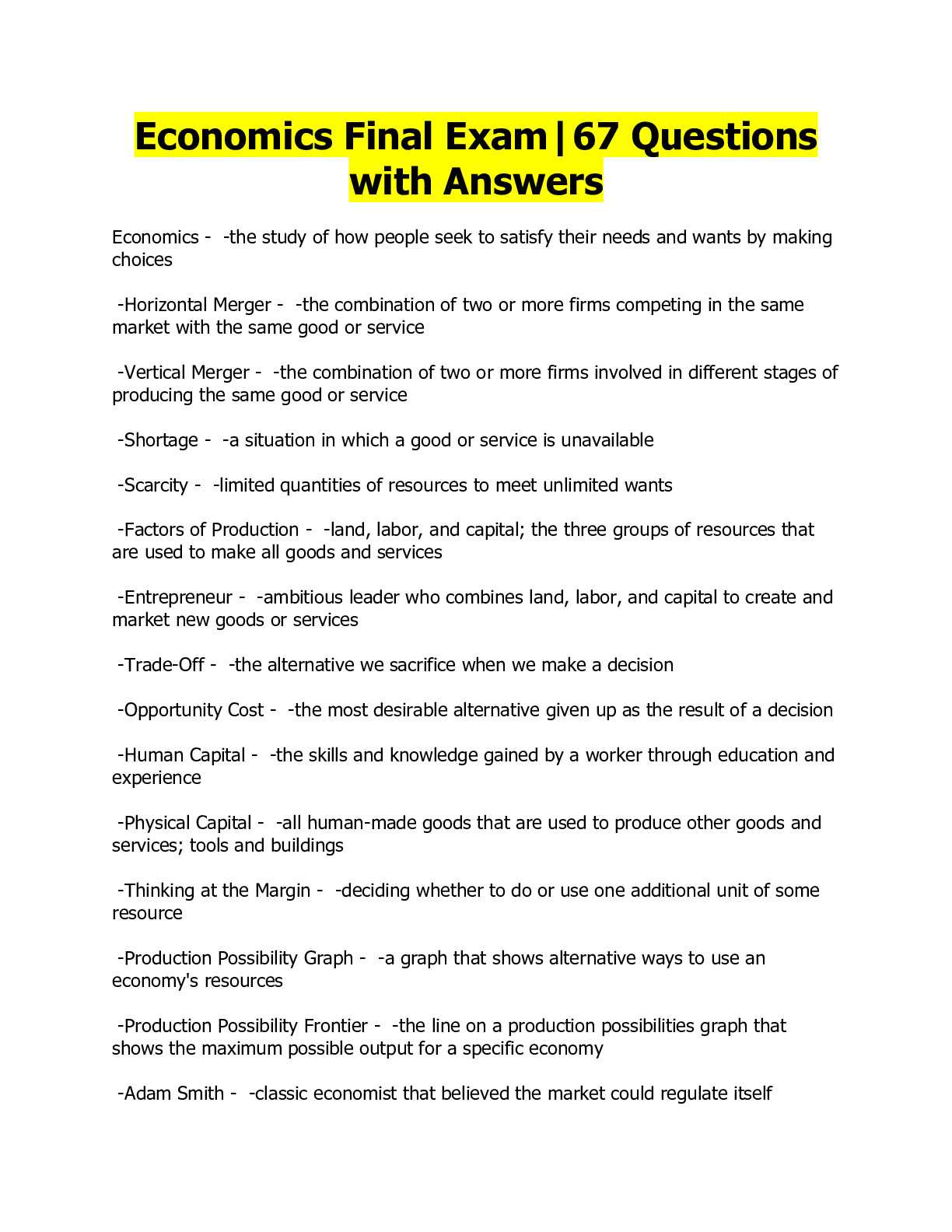
Having a clear and well-structured approach is essential when tackling assessments. A strategic plan not only helps you manage your time efficiently but also ensures you cover all key aspects of each task. By organizing your strategy ahead of time, you can work through each section with confidence and avoid unnecessary stress.
Allocate Time for Each Task
One of the most important elements of an effective strategy is managing time wisely. It’s crucial to allocate sufficient time to each part of the assessment based on its complexity and point value. Here’s how to stay on track:
- Assess the Time Limit: Determine how much time you have in total and divide it between the different sections based on their difficulty.
- Prioritize: Start with tasks you feel most confident about to build momentum, leaving more challenging sections for later.
- Monitor the Clock: Keep an eye on time to ensure you don’t spend too long on any single task.
Maintain Flexibility in Your Approach
Although it’s important to have a plan, it’s equally important to stay flexible. Sometimes you may need to adjust your approach based on how the assessment unfolds. Consider these strategies:
- Adjust if Necessary: If you encounter unexpected difficulties, it’s okay to move on and return to the tricky parts later.
- Leave Space for Review: Always allocate time at the end to review your work for errors or missed points.
- Stay Calm: Keep your mind focused and avoid panicking if things don’t go according to plan.
Effective Time Management During Exams
Managing time wisely is crucial for performing well in any assessment. Without proper time control, it’s easy to get stuck on one task or rush through others, leading to incomplete or subpar responses. By allocating your time efficiently and staying organized, you can ensure that each section receives the attention it deserves.
To make the most of your time, start by planning your approach as soon as you begin. Begin with a quick assessment of the task, deciding how much time to dedicate to each part based on its complexity and importance. Use a timer or watch to keep track, and regularly check your progress to make adjustments as needed.
Another important aspect is avoiding distractions. Stay focused on the task at hand, and resist the temptation to overthink or second-guess yourself. If you find yourself spending too much time on one particular section, move on and revisit it later. This will help you maintain a steady pace and ensure you have enough time to review your work before submission.
How to Stay Calm Under Pressure
Remaining composed during high-pressure situations is essential for delivering clear and effective responses. Anxiety can cloud your judgment and hinder your ability to think critically. By implementing stress-reduction techniques and maintaining a focused mindset, you can navigate any challenging situation with confidence.
Breathing and Relaxation Techniques
One of the most effective ways to reduce stress in the moment is through controlled breathing. Slowing your breath can help lower your heart rate and calm your nerves. Here are some simple techniques to practice:
| Technique | Steps |
|---|---|
| Deep Breathing | Inhale slowly for a count of four, hold for four seconds, and exhale slowly for six seconds. Repeat several times. |
| Box Breathing | Inhale for four seconds, hold for four seconds, exhale for four seconds, and hold again for four seconds. |
Maintaining Focus and Perspective
It’s easy to become overwhelmed when faced with multiple tasks. To keep calm, it’s important to stay focused on the present moment. Consider the following strategies:
- Stay Positive: Shift your focus from worry to positive reinforcement. Remind yourself that you are prepared.
- Break Down the Tasks: Divide larger tasks into smaller, manageable steps. This helps reduce feelings of being overwhelmed.
- Visualize Success: Picture yourself succeeding and handling the situation with ease. Visualization can reduce anxiety and boost confidence.
Highlight Key Information in the Question
Identifying the most important details in a task can significantly improve your response. By focusing on the key points, you ensure that your work remains relevant and directly addresses the requirements. Skimming through the prompt and marking out critical information will allow you to stay on track and avoid wasting time on unnecessary details.
To highlight the essential aspects effectively, it’s important to first read through the entire prompt carefully. Then, emphasize the parts that give clear instructions or specify the direction your response should take. These could include keywords, numbers, or specific tasks that help narrow down your focus.
| Key Information | What to Look For |
|---|---|
| Action Words | Terms like “describe,” “explain,” or “compare” indicate the type of response needed. |
| Specific Details | Look for dates, figures, or other specific instructions that frame your response. |
| Limitations | Check for any constraints or boundaries that define the scope of your response. |
Once the key elements are identified, make sure to focus your efforts on addressing them first, ensuring you stay on topic and cover everything expected in the task.
Focus on Clarity and Precision
Being clear and precise in your response ensures that your points are understood and directly address the task. Vagueness or unnecessary elaboration can distract from your main argument, leading to confusion. By articulating your thoughts in a straightforward and concise manner, you make it easier for the reader to grasp your ideas and evaluate your understanding.
To achieve clarity, structure your response logically and avoid overly complex sentences. Focus on providing relevant examples or explanations that directly support your main argument. Precision, on the other hand, involves choosing the right words and eliminating any unnecessary details that do not contribute to your answer. Be specific and avoid generalizations.
Here are some techniques to enhance both clarity and precision:
- Use Simple Language: Avoid jargon or overly technical terms unless they are essential to the point you’re making.
- Stay Focused: Keep your response tightly focused on the question, avoiding digressions that could confuse the main point.
- Be Concise: Say only what is necessary. Avoid unnecessary adjectives or filler words.
By focusing on clarity and precision, you ensure that your response is both easy to follow and highly relevant to the task at hand, maximizing your chances of success.
Answering Multiple-Choice Questions
Multiple-choice tasks are designed to test your ability to recognize the correct response from a list of options. Success in these types of questions relies on both careful reading and strategic thinking. By understanding the format and applying certain techniques, you can greatly increase your chances of selecting the right choice.
The first step is to thoroughly read the prompt and all of the options. Often, clues to the correct response are hidden in the phrasing or context of the choices. Avoid rushing through the options–take the time to evaluate each one before making a decision. Here are some common strategies:
| Strategy | Purpose |
|---|---|
| Eliminate Wrong Answers | Rule out clearly incorrect options to narrow down your choices, increasing the odds of selecting the correct one. |
| Look for Key Phrases | Key words or phrases in the choices often help highlight the right answer. |
| Read All Options | Never choose an option without reading all of them–sometimes the correct one is buried among seemingly similar responses. |
Another effective approach is to revisit the options after answering all the other parts of the assessment. If you are uncertain, mark the question and come back to it later with a fresh perspective. This allows for more careful reflection and may improve your chances of selecting the right answer.
How to Approach Essay-Based Questions
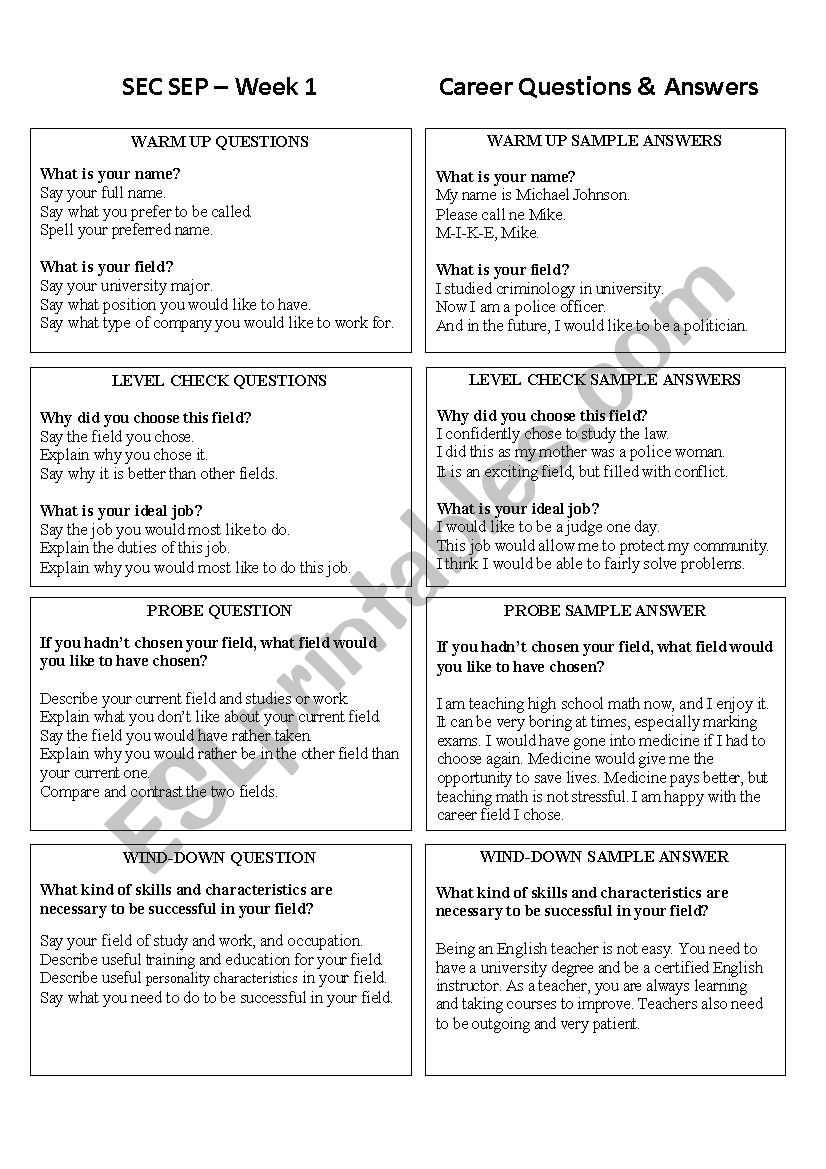
Essay-style tasks are designed to test your ability to develop a coherent argument and express your ideas in a structured manner. These assignments often require a deep understanding of the subject and the ability to organize complex information into a logical flow. The key to tackling such tasks effectively is planning and clear expression of thought.
The first step is to analyze the prompt carefully. Identify the main focus and any specific instructions that guide your response. Break down the topic into its components, determining the key points you need to address. This will help you form a clear thesis statement that guides your entire response.
Once you have a clear direction, begin by organizing your thoughts into a basic outline. Start with an introduction that provides context and states your main argument. Then, in the body paragraphs, present your points logically, each supported by evidence or examples. Finally, end with a conclusion that summarizes your key points and reinforces your argument.
Throughout the process, stay focused on the prompt, ensuring each part of your essay directly contributes to answering the task. Avoid deviating from the topic, and keep your language clear and concise to enhance the readability and impact of your writing.
Structuring Your Answers Clearly
Presenting your ideas in a clear and logical manner is essential to ensure your points are easily understood and effectively communicate your knowledge. A well-structured response helps the reader follow your argument and demonstrates your ability to organize information. Whether responding to a short prompt or a lengthy task, clarity in structure is key to a successful result.
The best way to structure your response is by dividing it into distinct sections: an introduction, a body, and a conclusion. Each part serves a specific purpose and ensures that your ideas are both organized and easy to follow.
Introduction
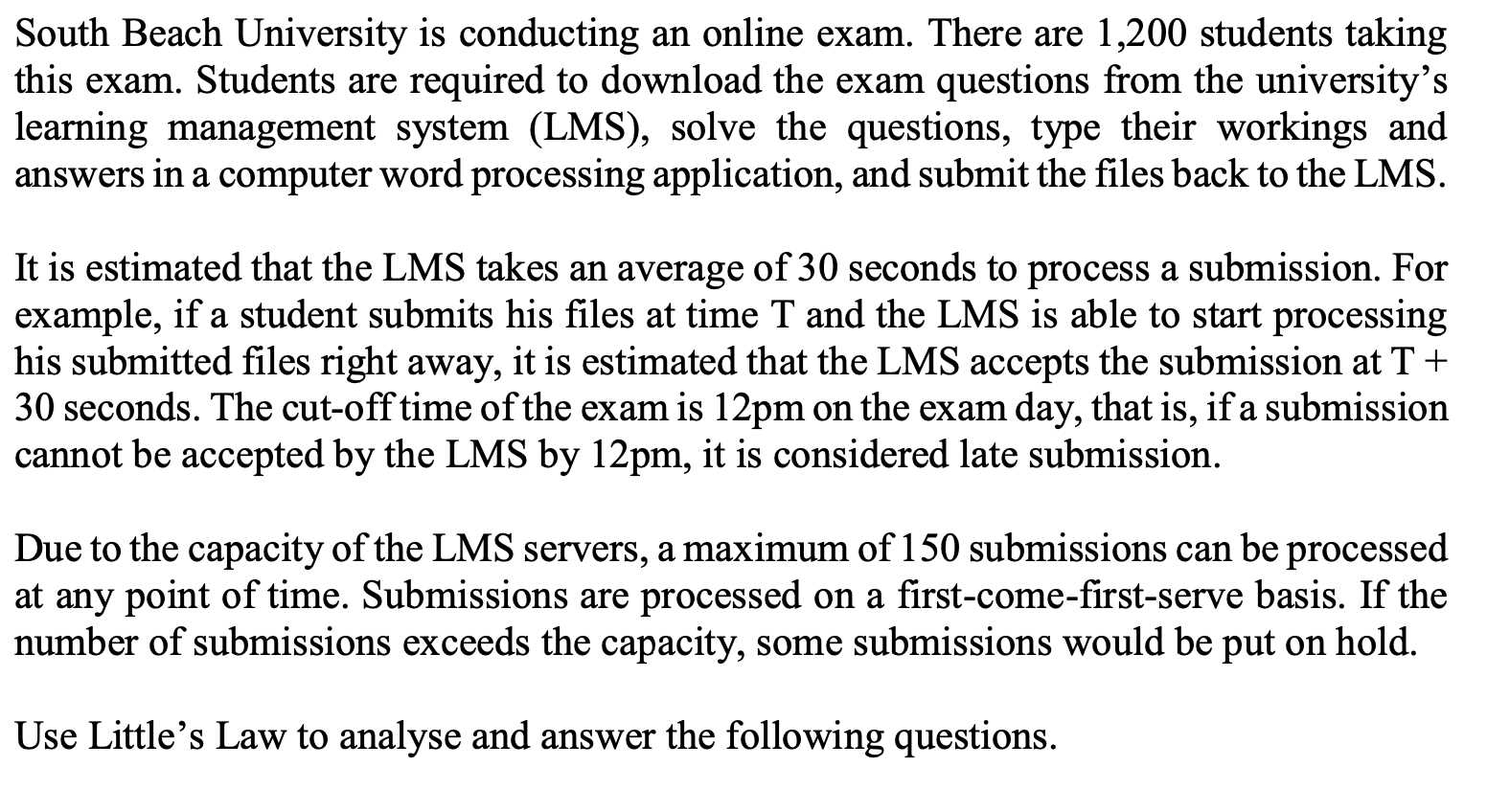
The introduction should briefly outline the main idea or argument you will be discussing. It serves as a roadmap for your response, setting expectations for what will follow. Keep it concise, ensuring that it directly relates to the prompt without unnecessary details.
Body
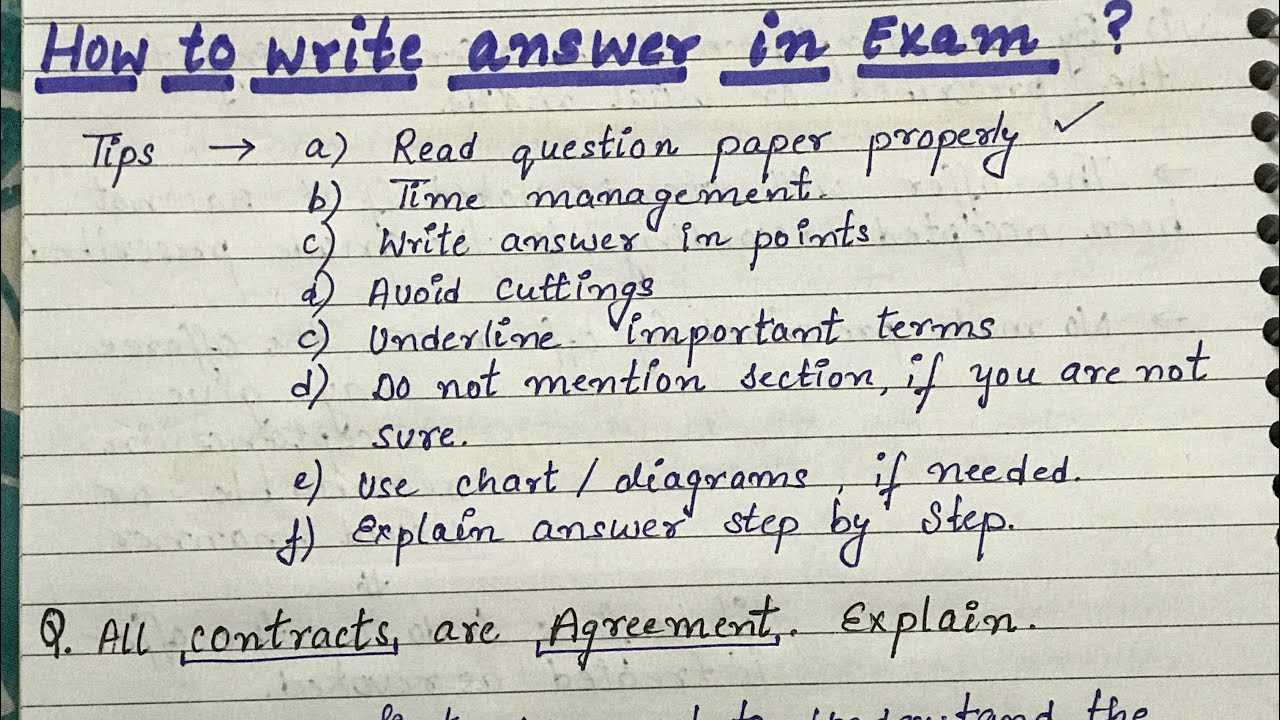
In the body of your response, present your points in a clear and logical order. Each paragraph should focus on a single idea, supported by evidence or examples. Clarity is critical here, so ensure that each point is explained fully and connects back to the main argument. Use transition words like “firstly,” “next,” or “finally” to guide the reader through your points.
Conclusion
End with a conclusion that summarizes the key points and restates your argument. Avoid introducing new information here; instead, reinforce the ideas you’ve already discussed. A strong conclusion helps tie everything together and provides a sense of closure to your response.
By following this clear structure, your response will be easier to read, more organized, and more likely to make a strong impact on the reader.
Utilize Bullet Points and Lists
When organizing your response, bullet points and lists can significantly improve readability and clarity. These formatting tools help to break down complex ideas into digestible, easy-to-follow segments. By presenting information in a structured list, you make it easier for the reader to quickly understand key points, which is especially useful for outlining multiple concepts or steps.
Using lists effectively allows you to focus on one idea at a time, without overwhelming the reader with dense paragraphs. Bullet points also help in emphasizing important details or summarizing crucial information succinctly. This method is especially beneficial when there are several related points that need to be addressed clearly and without redundancy.
When to Use Bullet Points
Bullet points are best used when you need to:
- List several related ideas, steps, or features.
- Highlight key concepts or facts that are important to the task.
- Present information in a concise, straightforward manner without elaborating too much on each item.
Tips for Effective Lists
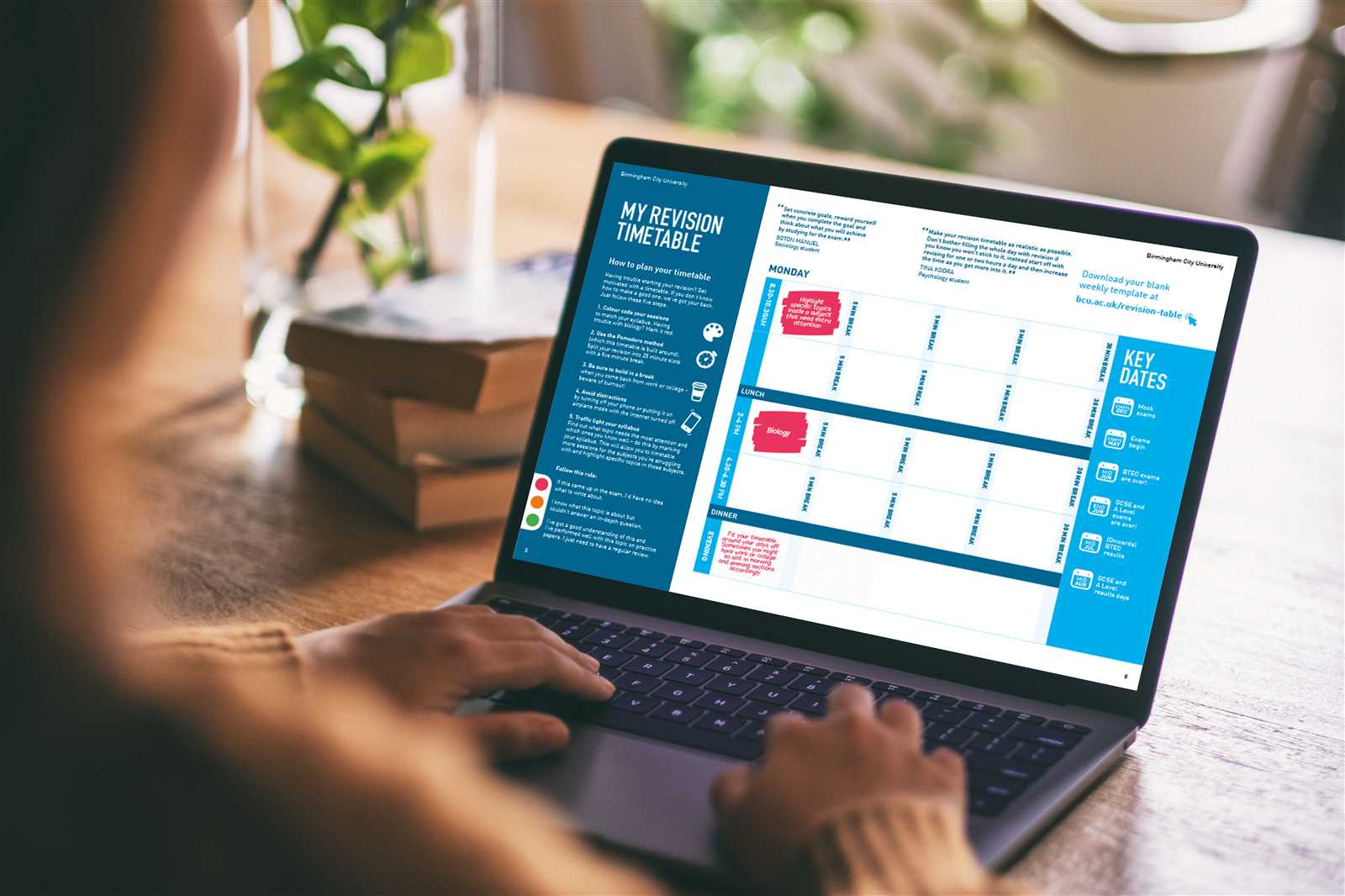
To maximize the impact of your lists, keep these tips in mind:
- Be concise: Each bullet should be short and to the point.
- Stay relevant: Ensure that each item directly relates to the task or point you are addressing.
- Use parallel structure: Start each bullet point with a similar type of word or phrase (e.g., verbs or nouns) to maintain consistency.
By incorporating bullet points and lists into your response, you can present information in an organized and straightforward way, improving both clarity and the overall effectiveness of your work.
Review Your Answer for Mistakes
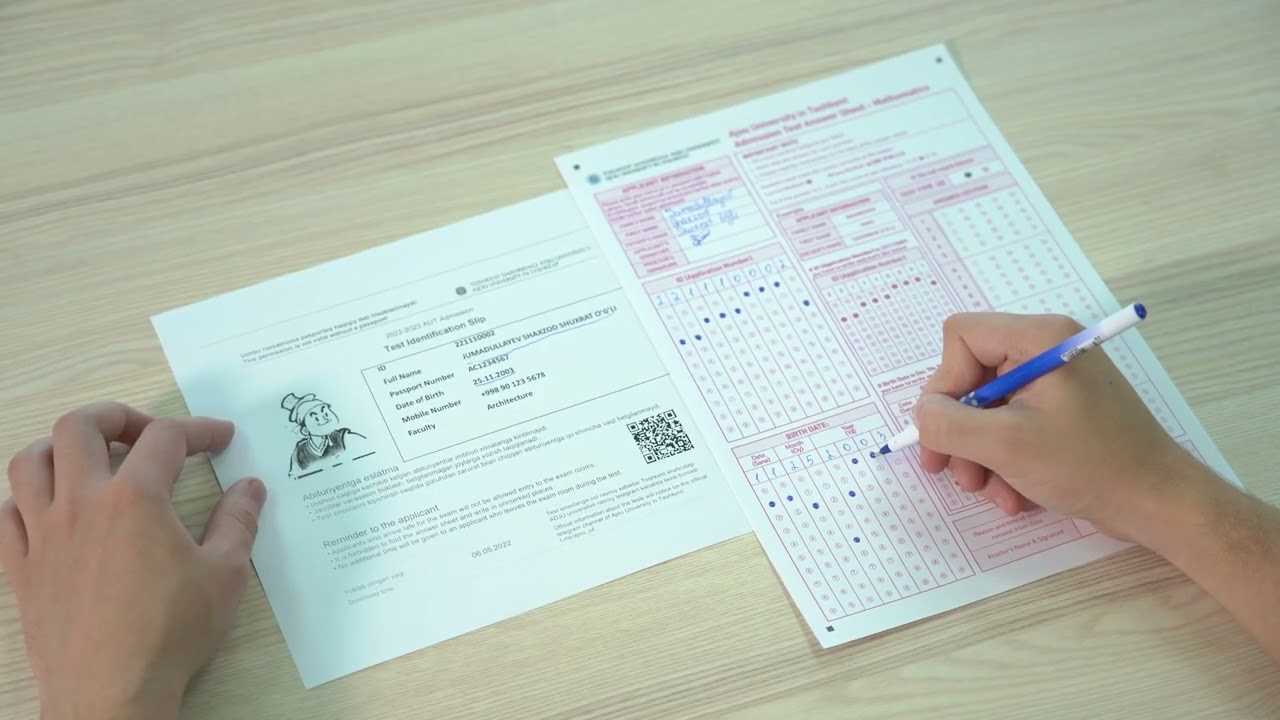
After completing your response, it’s crucial to take a moment to review it for errors. Even the most well-prepared individuals can overlook small mistakes or miss key details during the writing process. A careful review helps to identify any inaccuracies, inconsistencies, or areas where clarity could be improved, ensuring that your work is as polished as possible.
During your review, focus on different aspects of your response, from grammar and spelling to the accuracy of the information provided. This stage is also a great opportunity to refine your wording for greater precision and coherence.
Key Areas to Check
- Spelling and Grammar: Simple mistakes can detract from the overall quality of your work. Check for typos, punctuation errors, and sentence structure issues.
- Factual Accuracy: Make sure the information you provided is correct. Verify dates, names, and other key details that might be prone to error.
- Clarity: Ensure that your ideas are clearly expressed and easy to follow. Reword any vague or confusing sentences for better understanding.
- Consistency: Check for consistency in terminology, formatting, and argumentation throughout your response.
Strategies for an Effective Review
- Take a break: Step away from your work for a few minutes before reviewing it. This will help you approach it with fresh eyes and catch errors you may have missed initially.
- Read aloud: Hearing your words can often help spot awkward phrasing or unclear sentences.
- Use tools: Utilize spell-checkers or grammar tools to identify overlooked errors, but don’t rely solely on them.
By thoroughly reviewing your work, you can ensure that your response is error-free and communicates your ideas effectively, giving you the best chance for success.
How to Handle Difficult Questions
Encountering challenging inquiries during an assessment can be stressful, but with the right approach, you can navigate them effectively. The key is to stay calm and apply strategic thinking to break down complex tasks. Instead of feeling overwhelmed, focus on analyzing the question step by step, identifying any clues, and structuring your response methodically.
When faced with a difficult prompt, it’s important to keep your mind focused on the task at hand. Don’t rush into writing the first thing that comes to mind. Take a moment to consider the core elements of the question and determine the best way to tackle it logically.
Steps to Tackle Challenging Prompts
- Identify Keywords: Look for important terms that highlight the main focus of the prompt. These keywords will guide your response and help you stay on track.
- Break Down the Task: Divide the inquiry into smaller, manageable parts. This will make the overall task feel less daunting and help you address each aspect individually.
- Stay Organized: If the question requires multiple points or stages, list them out or structure your thoughts clearly before writing. This will prevent confusion later on.
- Answer What You Know: Focus on the parts of the question you understand first. Even if you are unsure about some elements, providing accurate information on the parts you do know will show your grasp of the subject.
Maintaining Composure
Keeping a calm mindset during these moments is crucial. Anxiety can cloud your thinking, so taking a few deep breaths and staying positive can help you regain clarity. Remember that difficult questions are designed to challenge you, not defeat you. Approach them with confidence and use the strategies mentioned to guide your response.
With practice and a thoughtful approach, you can learn to manage even the most challenging prompts and respond with clarity and insight.
Importance of Understanding Key Concepts
Grasping the core ideas and principles behind the subject matter is essential for success in assessments. Rather than focusing solely on memorizing facts, it is crucial to understand the underlying concepts that inform those facts. When you have a deep comprehension of these fundamental ideas, you can apply them to a variety of scenarios, making your responses more accurate and insightful.
A strong foundation in key concepts not only improves your ability to tackle complex tasks but also enhances critical thinking. By connecting related ideas and identifying patterns, you can approach prompts with a more strategic mindset. This will help you address challenges effectively and demonstrate a deeper level of understanding in your responses.
Benefits of a Strong Conceptual Foundation
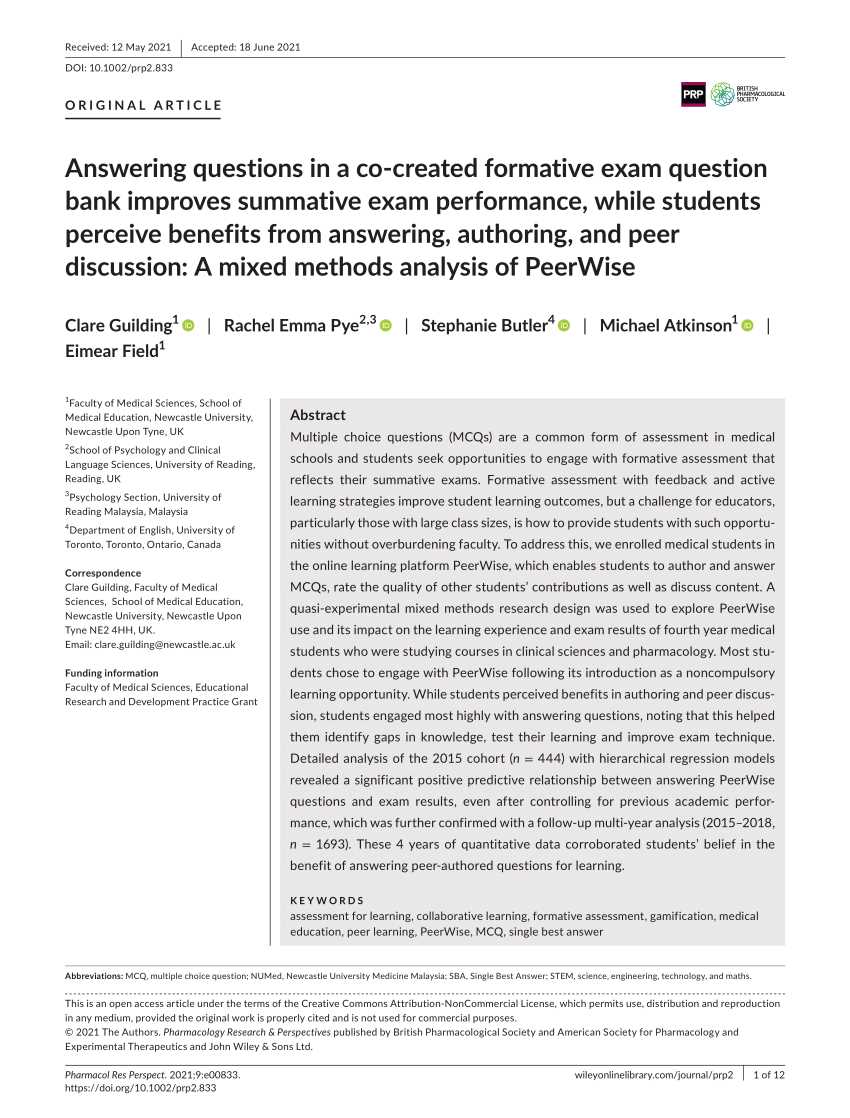
- Enhanced Problem Solving: A thorough understanding allows you to approach difficult tasks logically and systematically, making it easier to find solutions.
- Long-Term Retention: When you focus on understanding the “why” and “how” behind information, it becomes easier to recall and apply that knowledge in the future.
- Improved Critical Thinking: With a solid grasp of key principles, you can analyze and evaluate information more effectively, leading to well-rounded responses.
- Flexibility in Application: Knowing the concepts thoroughly enables you to adapt to various prompts and apply your knowledge in different contexts.
Strategies for Building Conceptual Knowledge
- Active Learning: Engage with the material through discussion, practice, and teaching others. This helps reinforce your understanding and highlights areas that need further exploration.
- Use Examples: Connect abstract concepts to real-world examples. This will make complex ideas easier to grasp and more memorable.
- Review Core Materials: Focus on textbooks, lecture notes, and key readings that cover the essential theories and principles of the subject.
Understanding core concepts not only strengthens your academic performance but also prepares you for future challenges. By mastering these ideas, you gain the flexibility to adapt your knowledge to a variety of tasks, ensuring that you are well-equipped to succeed.
Why You Should Avoid Rushing
Hurrying through tasks can lead to mistakes, missed details, and incomplete thoughts. While it might feel tempting to finish quickly, taking the time to carefully process information ensures more accurate and thoughtful responses. Rushing often causes you to overlook key aspects of a task, leading to a superficial approach that may not fully address the requirements.
When you move too quickly, your ability to critically evaluate and organize your ideas diminishes. The pressure to speed through can create unnecessary stress, resulting in rushed decisions that could harm your performance. Instead, focusing on maintaining a steady pace allows you to focus on clarity and depth, ensuring that your work is well-rounded and comprehensive.
Benefits of a Controlled Approach:
- Accuracy: Slowing down helps you double-check your work, reducing errors and enhancing the quality of your responses.
- Better Organization: Taking your time allows for a more structured and coherent presentation of your ideas, which is easier to follow and understand.
- Reduced Stress: Working at a steady pace helps manage anxiety and prevents last-minute pressure that could lead to rushed conclusions.
- Improved Focus: Slower, more deliberate thinking enhances your ability to concentrate on important details, which can make a significant difference in the outcome.
Remember, quality often trumps speed. By taking the time to approach tasks thoughtfully and methodically, you’ll not only improve the effectiveness of your work but also reduce the likelihood of missing crucial points or making hasty mistakes. Prioritize accuracy over speed, and you’ll achieve better results in the long run.
Dealing with Time Constraints
Working within limited time can be challenging, especially when the pressure mounts as the clock ticks down. However, developing effective strategies to manage time ensures that you can still deliver quality work without feeling overwhelmed. The key lies in prioritizing tasks and allocating sufficient time to each, all while staying focused and organized.
Understanding your personal pace and setting a clear plan for how to tackle tasks will help you avoid rushing and minimize stress. While time constraints are inevitable, they don’t have to negatively impact the outcome of your efforts. By maintaining a structured approach, you can maximize your productivity and performance, even under tight deadlines.
Effective Time Management Strategies
- Prioritize tasks: Identify the most critical parts of the task and focus on them first, ensuring you cover all essential points before diving into less important details.
- Break it down: Divide the task into manageable segments and set time limits for each. This approach ensures that you’re working in smaller, more focused chunks rather than getting overwhelmed by the overall task.
- Stay focused: Minimize distractions and commit to staying on track. Allocating specific time slots for each segment can help maintain focus and avoid wasting valuable minutes.
Tools to Enhance Efficiency
- Time tracking tools: Use timers or stopwatches to keep track of how much time you’re spending on each part of your task.
- Practice with mock scenarios: Simulate time-limited tasks to improve your speed and adaptability, so you’re more prepared when the real deadline approaches.
- Stay organized: Keeping a clear outline or checklist can help you stay on track and ensure no critical element is overlooked.
While managing time effectively can be difficult, it is essential to stay calm and keep a strategic approach. With the right techniques, you can handle any time constraints while maintaining the quality of your work.
Improving Your Exam Writing Skills
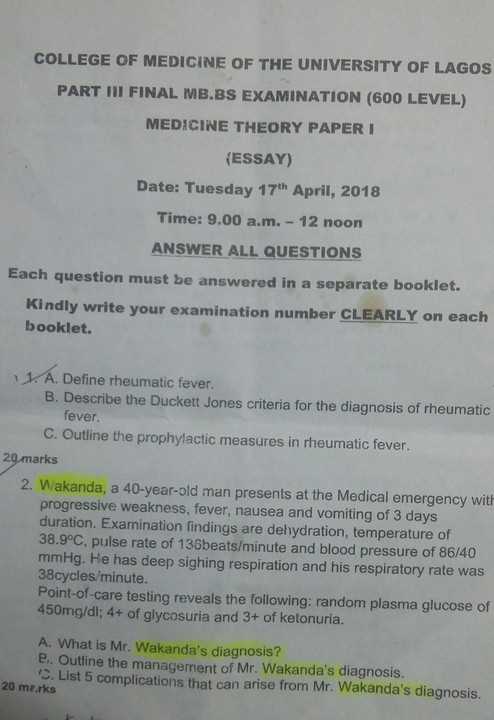
Effective writing during timed assessments is crucial for demonstrating your understanding of the material and conveying your ideas clearly. Developing strong writing skills requires more than just knowledge; it involves structuring your thoughts, using precise language, and presenting arguments coherently under pressure. By refining your approach, you can ensure that your responses are not only accurate but also well-organized and impactful.
To improve your performance, focus on practicing essential writing techniques such as clarity, organization, and argumentation. The ability to express your ideas clearly, within the time limits, is a skill that can be developed with regular practice and strategic preparation. Consistent effort in honing your writing habits will help you feel more confident when faced with challenging prompts.
Effective Writing Techniques
- Clarity and simplicity: Aim for straightforward and concise sentences. Avoid overly complex language that could confuse your reader, especially when time is limited.
- Organize your ideas: Create a clear structure with an introduction, body, and conclusion. Break down your main points into sub-sections and ensure logical flow.
- Use examples and evidence: Support your arguments with relevant examples or facts. This shows your depth of understanding and helps substantiate your claims.
Building Writing Confidence
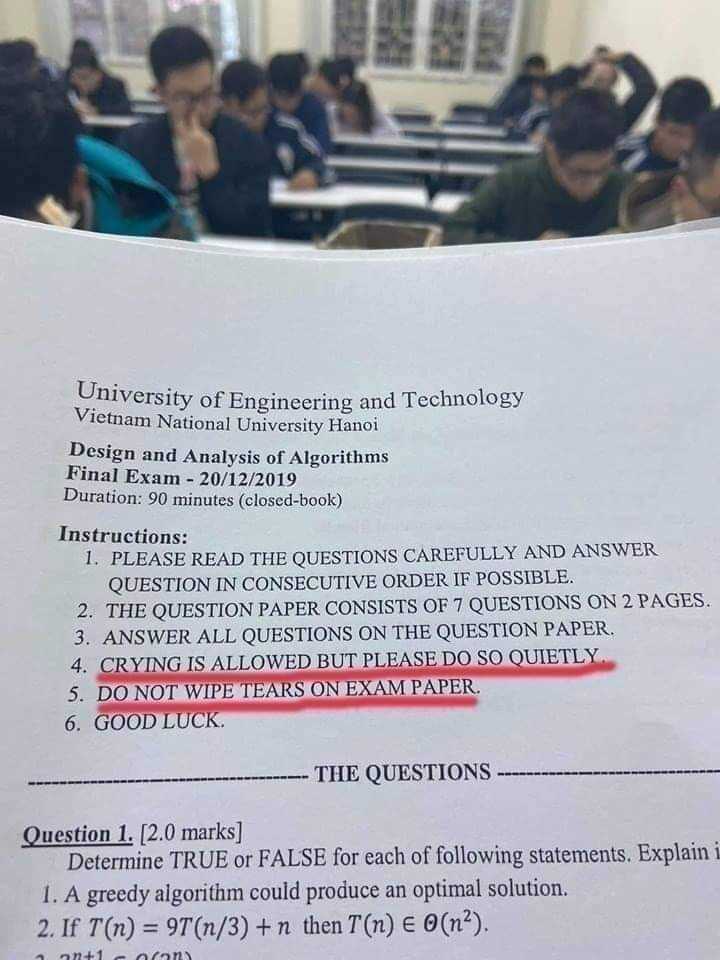
- Practice regularly: Set aside time to write regularly, whether it’s answering mock prompts or summarizing key concepts. The more you practice, the more comfortable you will become.
- Time management: Work on writing under timed conditions to simulate the real environment. This will help you manage your thoughts and ideas within the given constraints.
- Review and revise: Always leave time for a brief review. Look over your work to check for any missed details or errors, and refine where necessary.
Improving your writing is a gradual process, but with consistent effort and attention to detail, you can enhance your ability to craft strong, well-structured responses. By following these strategies, you will be better prepared to communicate your knowledge effectively in any situation.